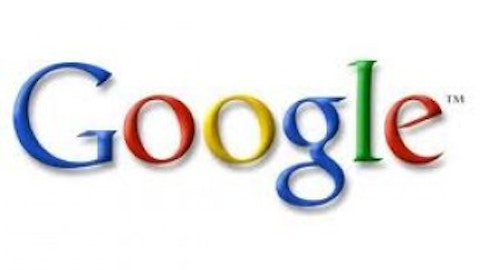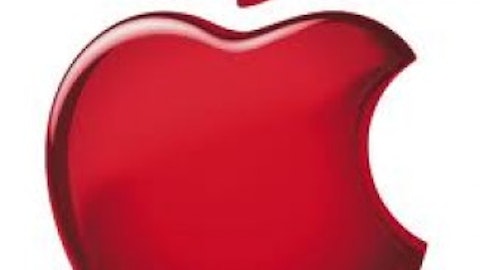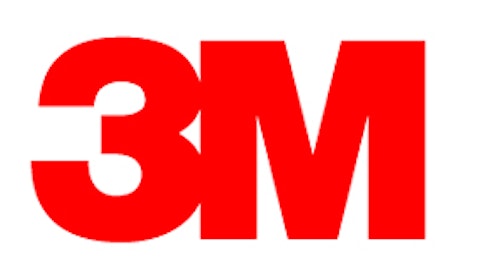According to data available via Yahoo! Finance and the CFA Institute, the 1950s saw some 5.78 billion shares cumulatively traded in the S&P 500. With the 1990s came the advent of the Internet and the rise of the online brokerage firm, causing trading volume in the decade to soar to a cumulative 1.2 trillion shares. However, trading really took off in the 2000s, with more nearly 7.1 trillion shares exchanging hands and the average daily trading volume nearly equaling all of the shares traded in the entire 1950s! Last year saw the 10 trillionth share traded in the S&P 500 since data record-keeping began in January 1951.
No. 7: However, building along the share volume figures we just looked at, there has developed a negative correlation between volume frequency and rising prices over the past decade and a half. In other words, in the 1950s through the 1990s, there was a direct correlation between rising trading volume and rising prices. Since roughly 2000, though, that trend has reversed, with trading volume tapering off on rallies and increasing during market downdrafts. I believe this provides even more evidence that the Internet’s ability to supply real-time information has transformed what would have been buy-and-hold investors in the past into traders that are attempting to time the markets’ next move today.
No. 8: Volume and large performance swings aren’t the only metrics within the S&P 500 that have seen gigantic swings over its long history. According to data extrapolated backwards to 1870 by Robert Shiller in his book Irrational Exuberance, the S&P 500’s average price-to-earnings ratio is a modest 15.5. The lowest P/E ever recorded based on Shiller’s data was 5.31 and occurred near the end of World War I. It’s not hard to understand why, as the uncertainty of war tends to divert government and corporate funds away from economic stimulating factors and toward territorial defense.
Source: Robert Shiller, Irrational Exuberance.
On the other hand, the highest P/E ever recorded occurred during the recent financial meltdown (May 2009), reaching an astronomic level of 123.79. Considering that even the worst recession in 70 years didn’t send the cumulative S&P 500 into EPS loss territory, it’s a testament to the strength and diversity of the index.
No. 9: Can you believe that at no time in the S&P 500’s storied history has a stock ever reached $1,000 per share? Current S&P 500 component Priceline.com Inc (NASDAQ:PCLN), which specializes in delivering online hotel and travel booking deals to consumers, hit an intraday high of $994.98 per share on Friday, after releasing better-than-expected second-quarter results Thursday night and looks to be in line to become the S&P 500’s inaugural four-digit member.
No. 10: Finally, even though the S&P 500 is a far more encompassing index in that it incorporates 500 businesses across a myriad of industries and doesn’t fault them based on their share price, it’s still liable to be overly influenced by the nation’s largest companies. Apple Inc. (NASDAQ:AAPL), for example, is the largest component in the S&P 500, with a market cap of nearly $413 billion. By comparison, for-profit educator Apollo Group Inc (NASDAQ:APOL) has a market value of just $2.3 billion. In other words, Apple Inc. (NASDAQ:AAPL)’s effect on the S&P 500 is going to be more than 180 times as great as that of Apollo Group Inc (NASDAQ:APOL).
The article 10 Interesting and Little-Known Facts About the S&P 500 originally appeared on Fool.com and is written by Sean Williams.
Fool contributor Sean Williams has no material interest in any companies mentioned in this article. You can follow him on CAPS under the screen name TMFUltraLong, track every pick he makes under the screen name TrackUltraLong, and check him out on Twitter, where he goes by the handle @TMFUltraLong.The Motley Fool owns shares of, and recommends, Apple and priceline.com. It also owns shares of IBM.
Copyright © 1995 – 2013 The Motley Fool, LLC. All rights reserved. The Motley Fool has a disclosure policy.






